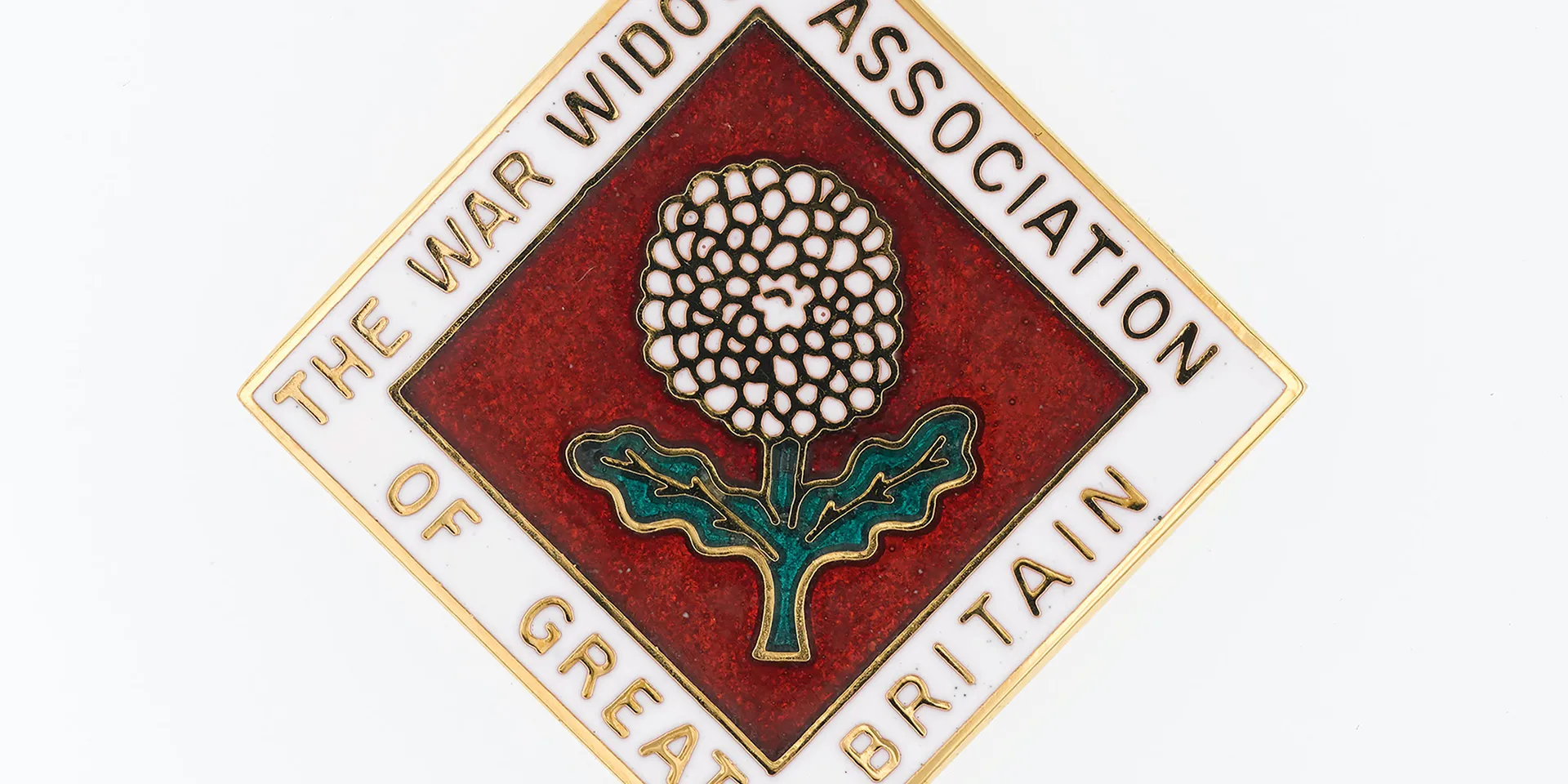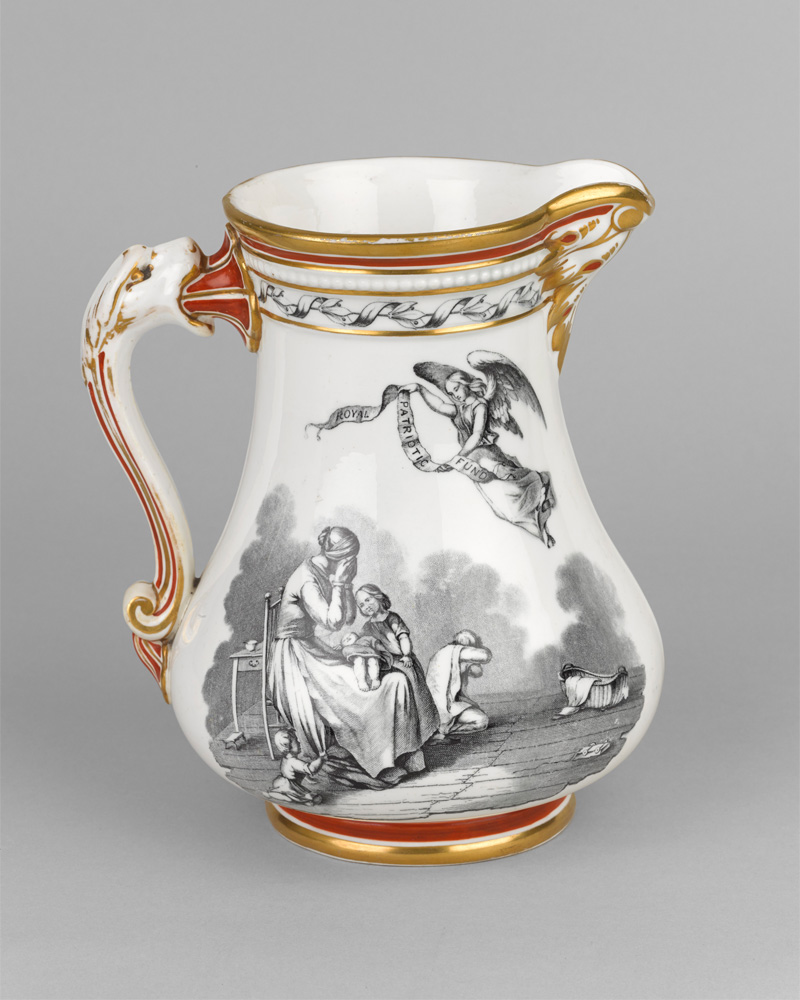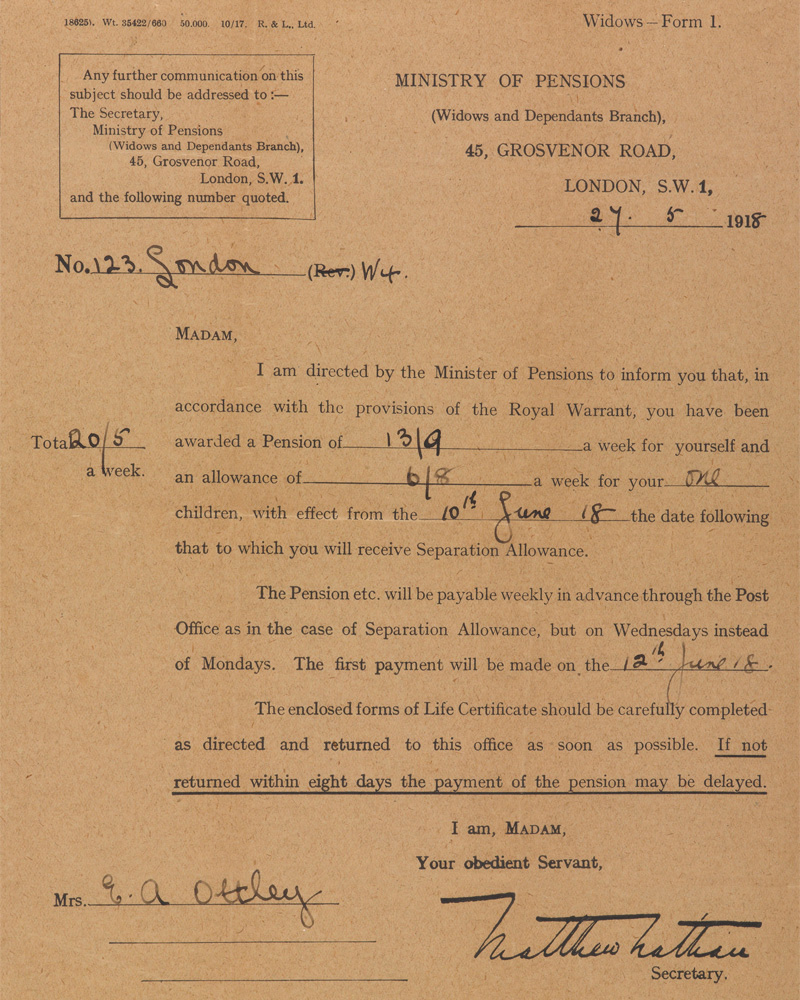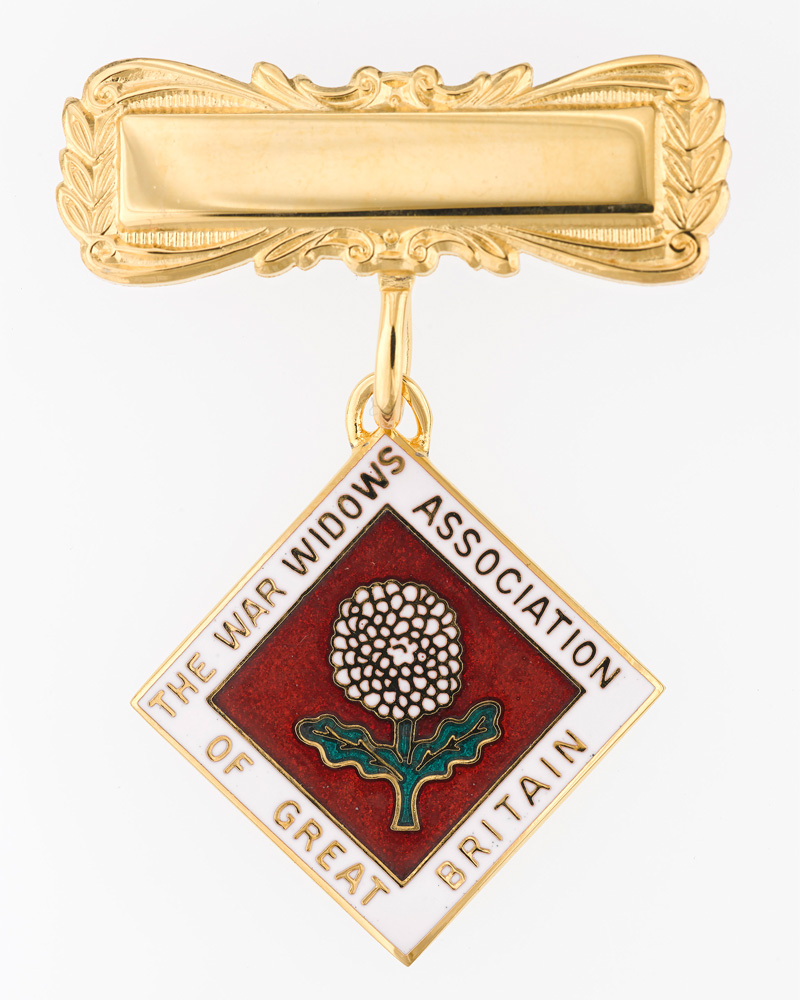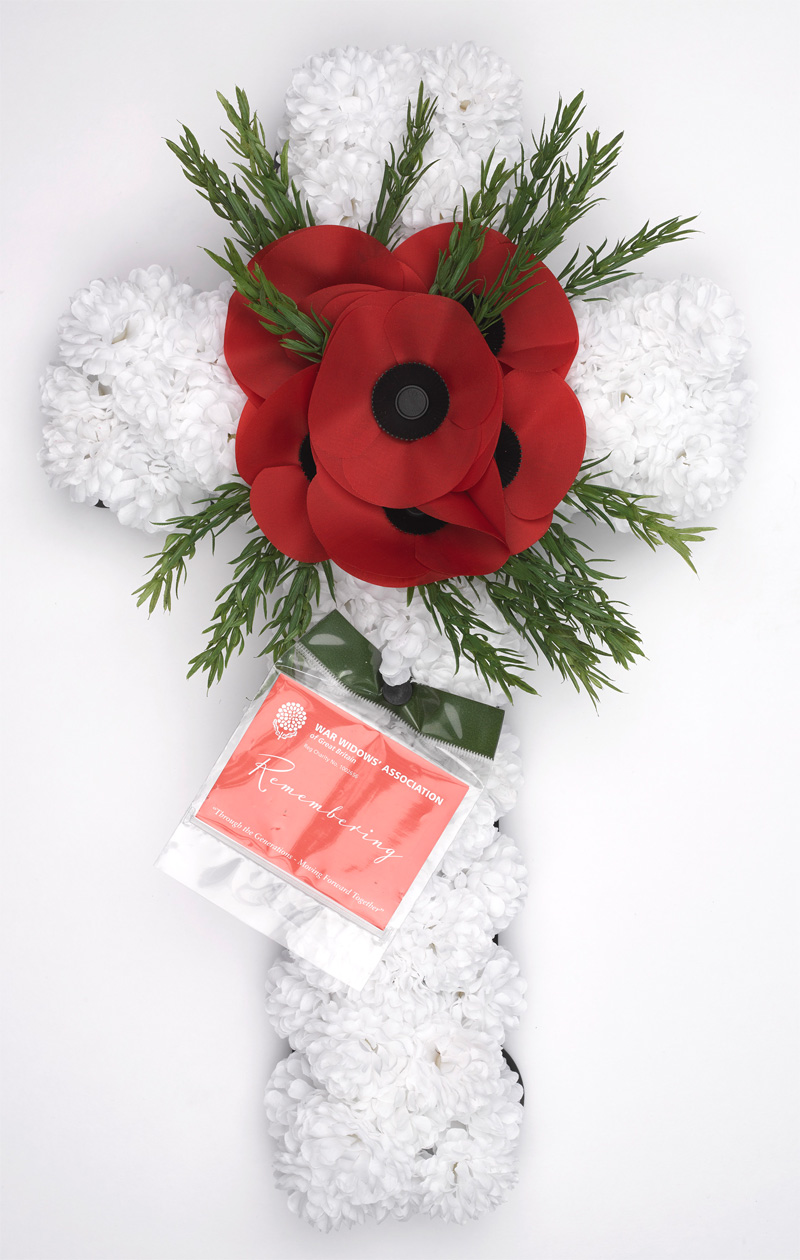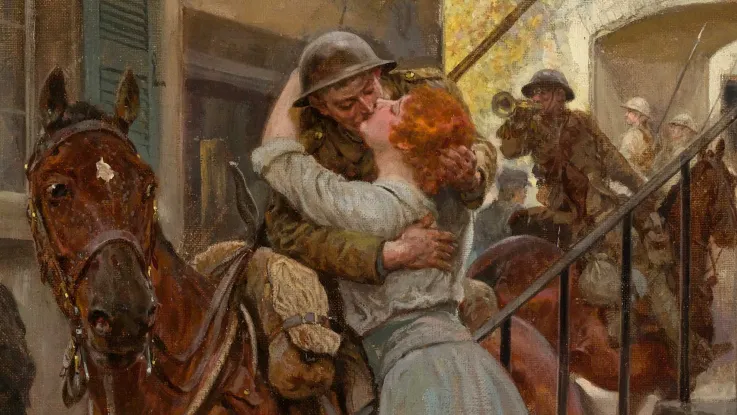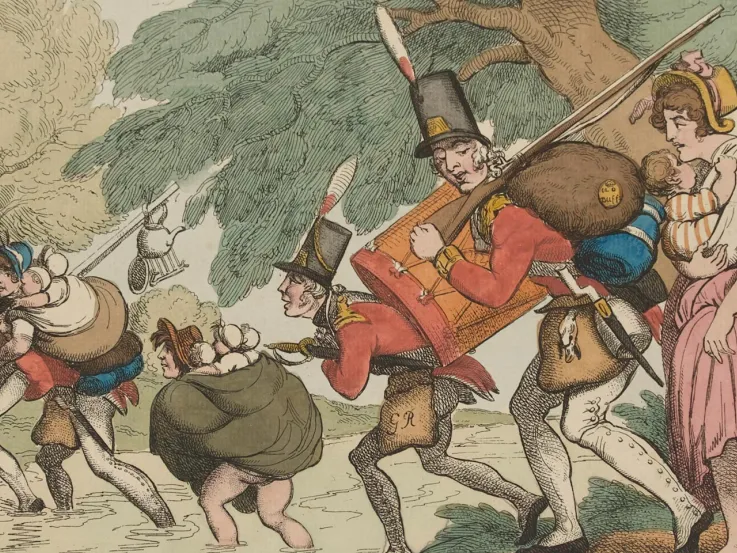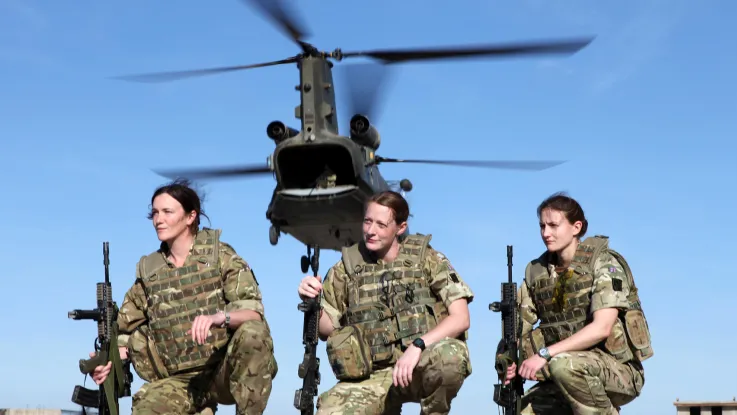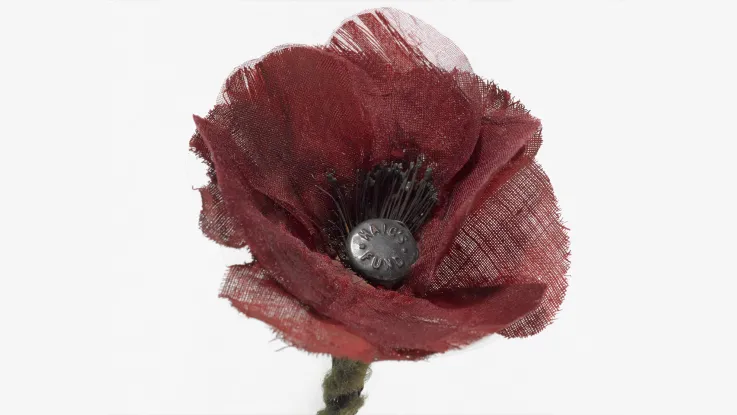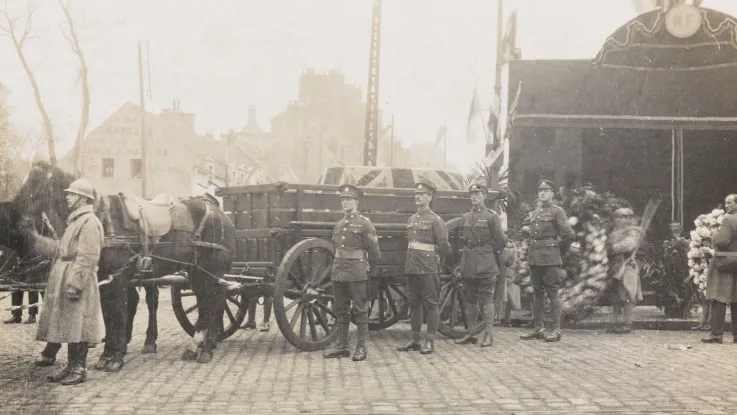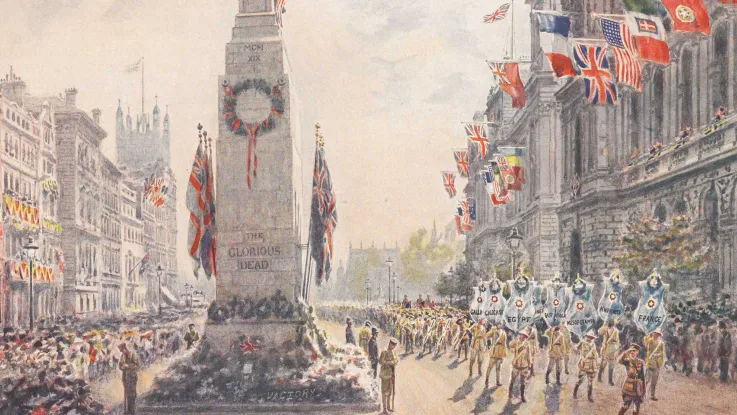Explore more from Remembrance
War Widows Association: Supporting the families of the fallen
6 minute read
Early provision
In 1642, following the outbreak of the English Civil War (1642-51), Parliament decided to offer pensions to the widows of fallen soldiers. However, this early support gradually fell away. By the 1800s, war widows were reliant on funds made available through the Poor Laws, as well as the help of family, friends or charitable organisations.
Many charities were set up during and after the Crimean War (1854-56). This was the first conflict to be covered extensively by the newspapers of the day, which helped raise awareness of the plight of people widowed or orphaned by the war.
The unprecedented scale of the First World War (1914-18) saw the establishment in law of government-funded pensions for war widows and orphans. Pensions, in one form or another, have been provided by the government to war widows ever since.
'Worthy' widows
The Ministry of Pensions was set up in 1916 to administer payments to ‘deserving' war widows. They were assessed by the Special Grants' Committee to determine if they were ‘worthy' of state support.
This assessment took into account their moral character, any relationships with men other than close family who could potentially be expected to provide for them, the quality of their housekeeping and, where relevant, the quality of their parenting. Pensions would be revoked should any evidence come to light that these standards were not being maintained.
Revoking pensions
However, the pension rate was so low that widows were often forced to work. By the values of the time, this took its toll on the quality of their housekeeping and parenting. Given that ‘evidence' of falling standards could include neighbourhood gossip, it was not unusual for pensions to be revoked.
As well as this, pensions would always be revoked if a widow re-married or entered a relationship with another man as he would be expected to provide for her and any children.
Changes
Widows' pensions were restricted in 1925 during a period of austerity. Although amendments to the legislation were made in 1929 which slightly improved things, widows without children or with children over 16 were no longer eligible for a pension.
During the Second World War (1939-45), the rate of tax on the war widows' pension was increased to 50 per cent (the highest rate of tax) as it was considered unearned income. It was this taxation which would ultimately result in the formation of the War Widows Association.
War Widows Association
In 1971, Laura Connelly, a Second World War widow, returned to live in the UK. She had been claiming a tax-free widows' pension in Australia, and did not agree that she should have to pay the 50 per cent rate.
‘The Daily Express' ran a story about her tax dispute with the government. After reading this article, Jill Gee wrote to the ‘Express' asking for the contact details of women who had written in expressing their support.
That same year, 13 women joined Jill in a Lyon's Tea Shop on the Strand for the inaugural meeting of the War Widows Association.
Campaigning
Unsurprisingly, the Association's initial campaign was to have income tax removed from war widows' pensions. This was achieved in stages, and fully realised in 1979. Since then, it has continued to campaign for war widows' rights, as well as offering care and friendship through regional events and activities.
In 2015, the Association succeeded in its campaign for legislative change to allow everyone who started receiving a war widows' pension between 1973 and 2005 to retain their pensions even if they remarried. This resulted in the majority of war widows and widowers being certain of a pension for life.
The Association is still campaigning on behalf of around 300 individuals who remarried before the new legislation came into force on 1 April 2015. Having already surrendered their pensions, they have not had them reinstated.
‘You don't stop being somebody's war widow just because you remarry; you don't stop loving that person just because you've moved on. The ridiculousness of the whole situation is that if all those people who remarried [before 1 April 2015] were to get divorced today, their pensions would be reinstated.'Mary Moreland, Chairman of the War Widows Association — 2018
Sharing stories
Although everyone's grieving process and experience is different, those who have lost a partner through military service have to come to terms with a life cut short in the line of duty. Anyone who has not experienced this personally will struggle to comprehend its impact.
Through the War Widows Association's programme of events, in partnership with Liverpool John Moores University, surviving partners' stories are being captured as part of an oral history project.
This project also has associated arts programmes creating a safe space for grief and commemoration. The Association also provides signposting to other organisations which are able to offer more support.
Remembrance
Remembrance forms an important part of the War Widows Association's remit. The Association holds a very personal service conducted by their chaplain at the Cenotaph in London on the Saturday of Remembrance Weekend.
This service takes place on the Saturday as, until 1982, the Association was not allowed to join in on the Sunday as part of the National Service of Remembrance. Now, they are recognised as part of the veterans community.
The War Widows Association lays a wreath of its own design at the Cenotaph. It is composed of white chrysanthemums (the organisation's emblem) in the shape of a cross to reflect the wooden crosses which traditionally marked the site where a soldier had fallen on the battlefield. This wreath is trimmed with poppies and rosemary as further symbols of remembrance.
The future
The War Widows Association is still as relevant today as when it was formed in 1971. This is testimony to the input of its members - all of whom help to direct its campaigning - and the friendship they offer.
Although it is recognised as the leading group representing the partners of military personnel lost during conflict, its membership is only about 10 per cent of the approximately 19,000 war widows and widowers in the UK. Raising awareness of the organisation and what it offers is vital to its future role.

